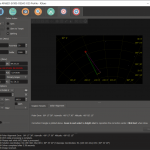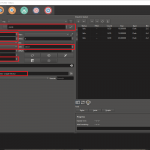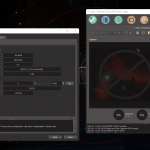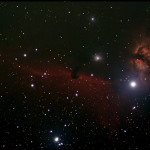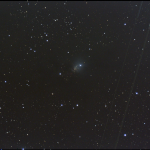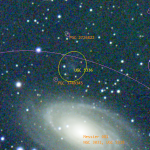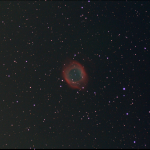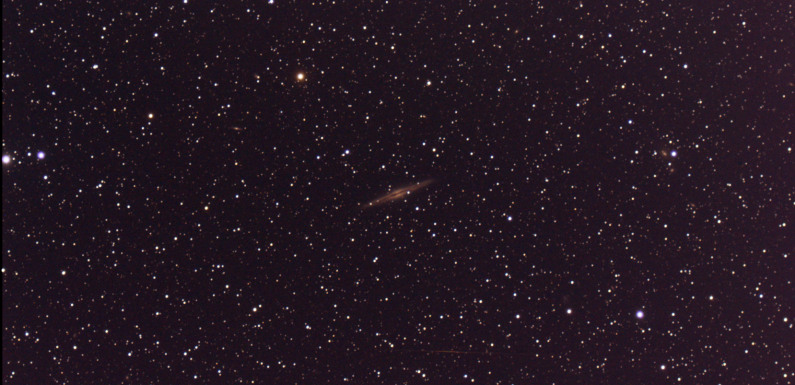
Christmas Eve was clear and cold. Temperature was ~23 degrees F at 6 PM and fell pretty quick the later it got. Still it was very clear and dry. No frost on any of the gear at all. Nice night to be able to observe via EAA from the comfort of office.
I uncovered the scope and shot new flats and darks just before dark. Once I could see Polaris I did a visual polar alignment.
I did not have much of a plan for the night. Just wanted to spend a little time seeing what I could see.
The EAA images in this post were capture with my ZWO ASI294MC Pro cooled to -10 C through my SVBONY SV503 102ED scope with 0.8 Focal Reducer and a SVBONY IR/UV Cut filter. Focus was obtained with the ZWO EAF using the Ekos Focus Module. The images were live stacked using SharpCap Pro. The mount and cameras are remotely controlled with KStars/Ekos/INDI running on an Astroberry Raspberry Pi. The images have been resized (80% of original) and/or cropped for file size but otherwise appear just as I observed them.
NGC 663 an open cluster in the constellation of Cassiopeia. This is a live stack of 20 x 30 second exposures at 121 gain, 8 offset, and bin 2×2.
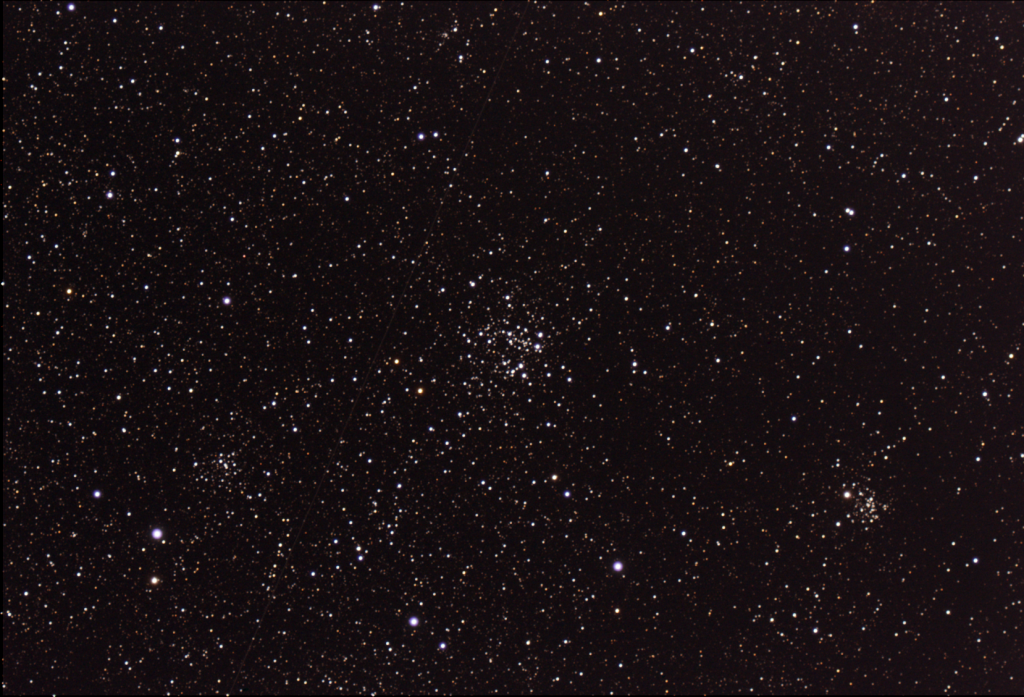
There are two other nice open clusters in the FOV; NGC 659 is down and to the left, and NGC 654 is down and to the right. Nice view to start off the night.
M76, the Little Dumbbell Nebula, is a planetary nebula in the constellation of Perseus. This is a live stack of 30 x 30 seconds at 121 gain, 8 offset, and bin 2×2.
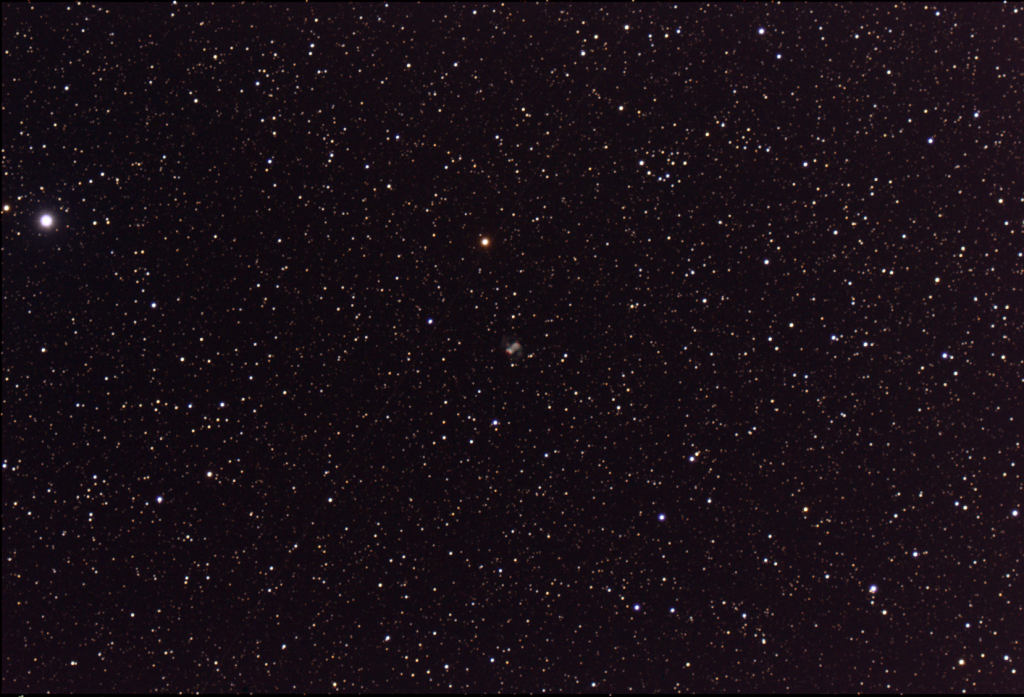
NGC 891 an edge-on unbarred spiral galaxy in the constellation of Andromeda. This is a live stack of 30 x 30 second exposures at 121 gain, 8 offset, and bin 2×2.
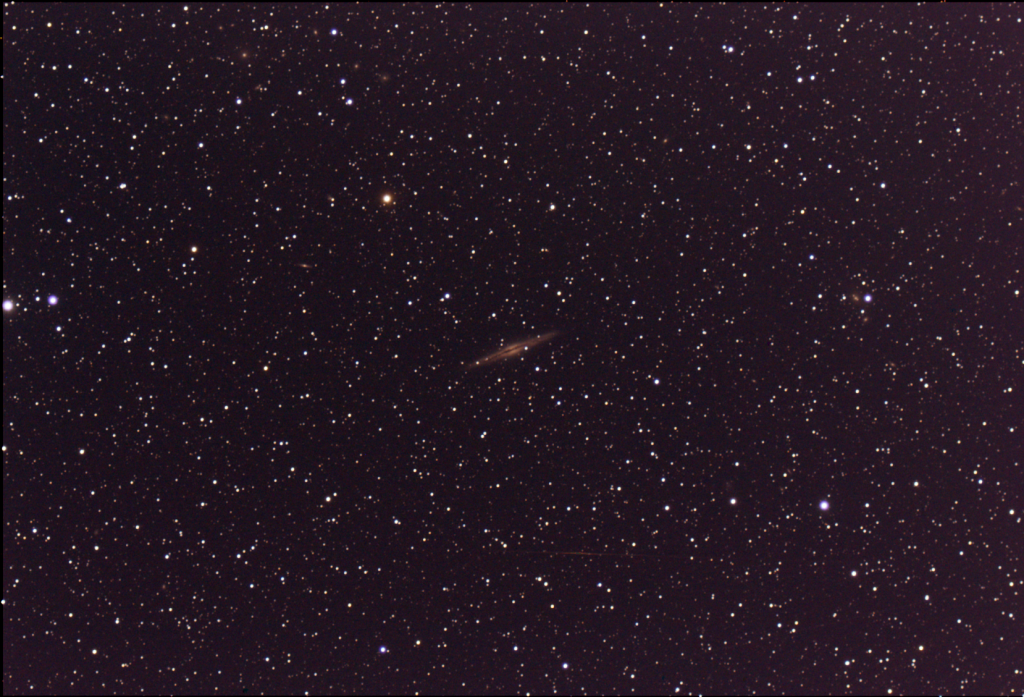
This was one of my favorites of the night. I can also resolve UGC 1841 to right of NGC 891, between 891 and the right edge of frame. UGC 1841 is about 300 million light years away, which makes it the most distant object I knowingly observed during this EAA session.
IC 342, the “Hidden Galaxy”, is an intermediate spiral galaxy in the constellation Camelopardalis. This is a live stack of 30 x 30 second and 35 x 60 second exposures at 121 gain, 8 offset, and bin 2×2.
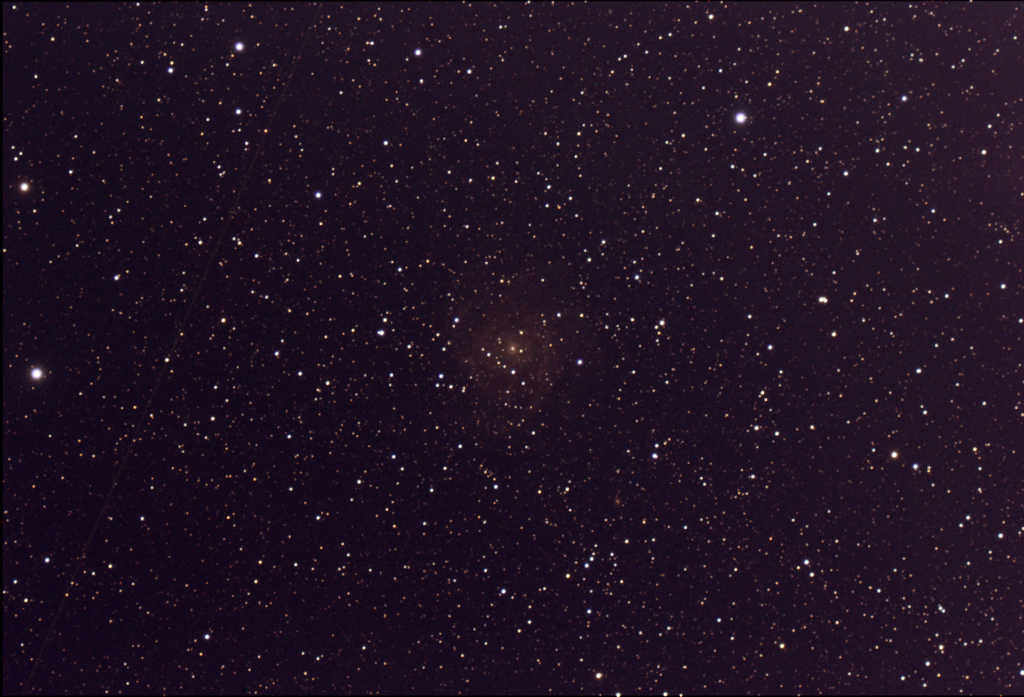
IC 342 is a large galaxy which is fairly close to us (as close as space things are) at somewhere between 7 and 10 million light years away. The galaxy is hidden behind the dust of our own Milky Way galaxy. I spent a little more time on IC 342 than I usually spend on an object when doing EAA, but with each frame I could see a little more detail. It is faint but I am just able to resolve the spiral arms out from the core.
NGC 2163 is a reflection nebula in the constellation of Orion. This is a live stack of 20 x 30 second exposures at 121 gain, 8 offset, bin 2×2.
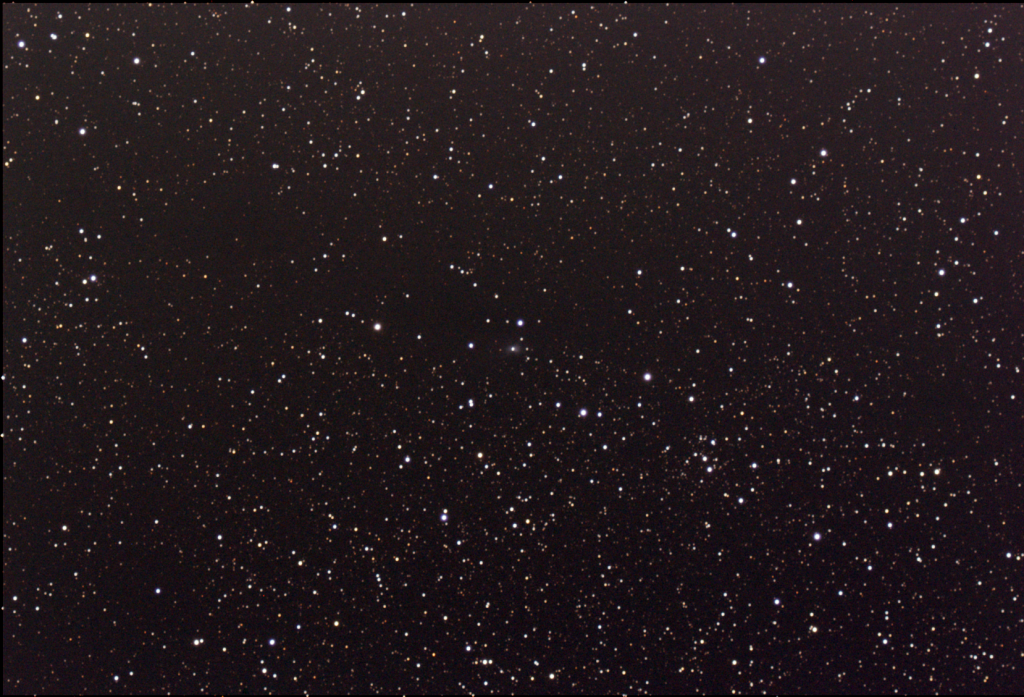
The reflection nebula is very small, but is resolvable in the center of the FOV.
NGC 2175 is an open cluster in the constellation of Orion. It is the surrounded by NGC 2174, the Monkey Head Nebula. This is a live stack of 10 x 30 second and 10 x 60 second exposures at 121 gain, 8 offset, and bin 2×2.
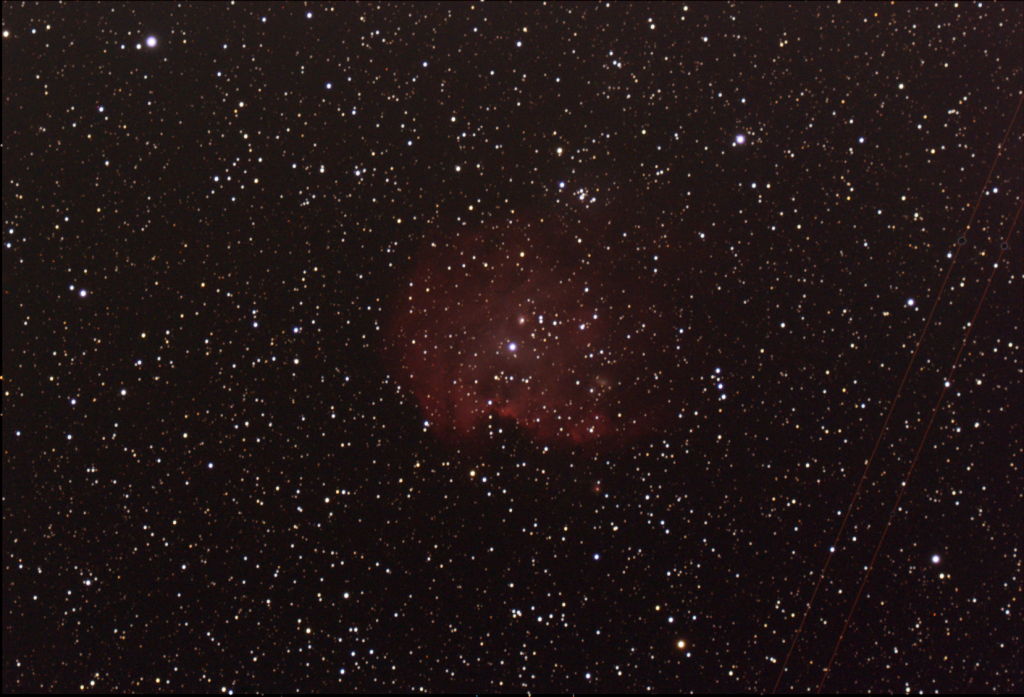
NGC 2392, the Eskimo Nebula, is a planetary nebula in the constellation of Gemini. This is a live stack of 30 x 30 second exposures at 121 gain, 8 offset, and bin 2×2.
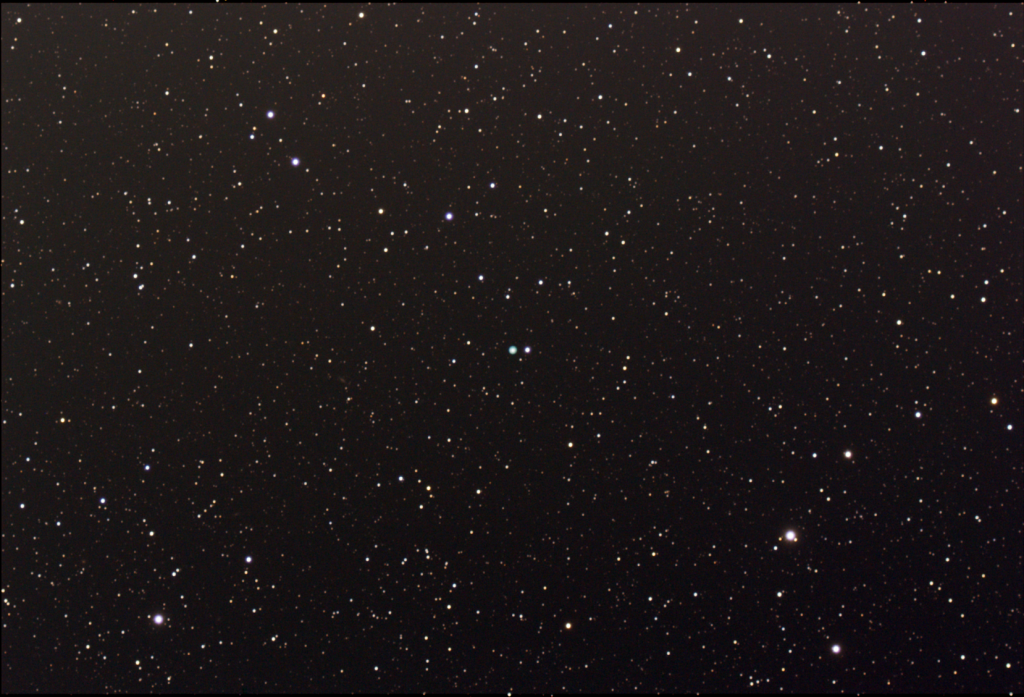
Bright blue green dot in the center of the FOV. Not able to resolve the details in the center. Would probably be better at a longer focal length. Will probably revisit with the SCT in the future.
NGC 2264, the Christmas Tree Cluster, located in the constellation of Monoceros. This is a live stack of 10 x 30 second and 25 x 60 second exposures at 121 gain, 8 offset, and bin 2×2.
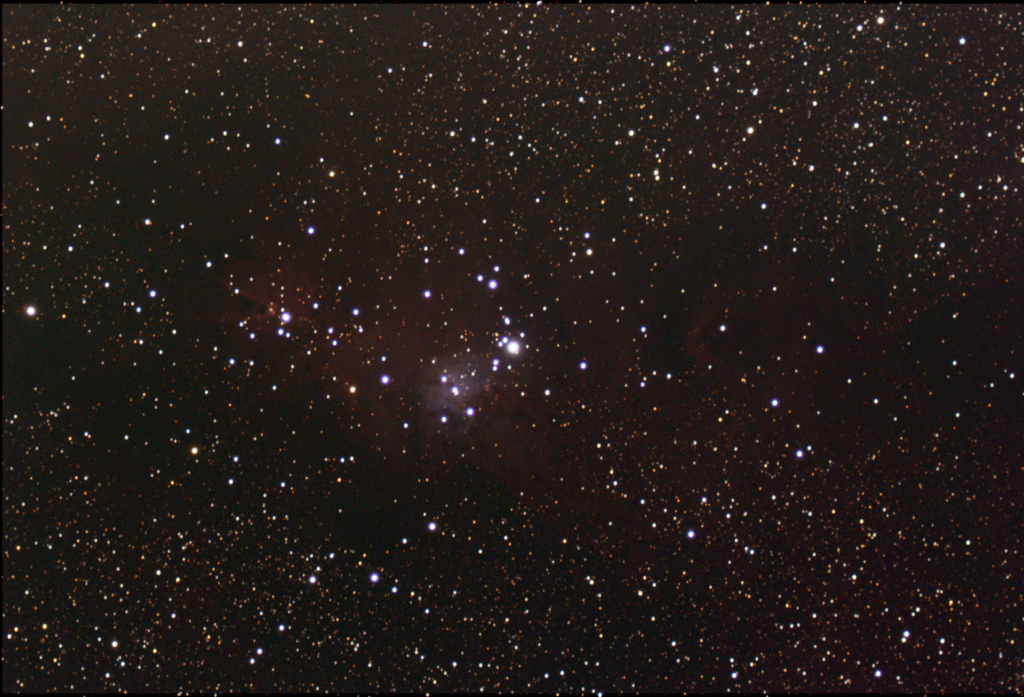
The Cone Nebula, the dark coned shape nebula to the left of center, is at the top of the Christmas Tree. The bright star almost in the center of the FOV would represent the trunk of the Christmas Tree. Blue stars then form the outline of the Christmas Tree between the two.
I packed up things and covered the scope around 10 PM. Had to get ready for Santa Claus.
I am off work between Christmas and New Years and I am hoping for some clear skies. Hope everyone had a great holiday!

